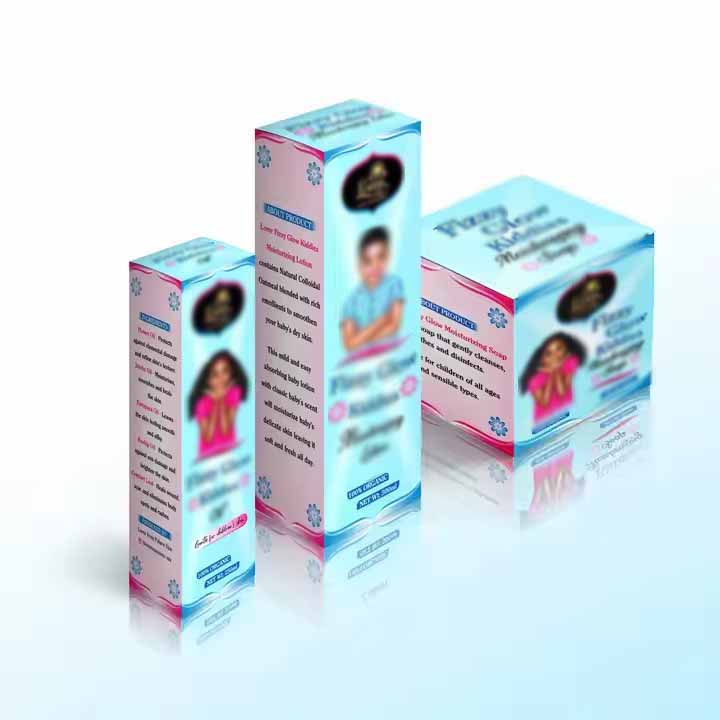
Understanding the Selection of Packaging Materials
Choosing the right packaging material is crucial. Common materials for customized packaging include paper, plastic, metal, and wood, each with different strengths, weights, and durability. Depending on the product’s characteristics (e.g., fragile, heavy, food-related), it’s important to select the most suitable material.
Determining Packaging Size and Shape
The size of the custom packaging should be based on the dimensions of the product. Ensure the packaging size fits the product perfectly—protecting it while avoiding excessive material waste. Common size units are length × width × height, and different packaging shapes (e.g., square, rectangular, round) will have various effects on shipping and presentation.
Considering Product Weight and Shipping Method
The design of the packaging should be adapted to the product’s weight and the chosen shipping method. For heavier products, thicker cardboard or reinforced structures may be needed to ensure the product isn’t damaged during transit.
Packaging Design and Brand Identity
Custom packaging is not just about protecting the product; it’s also an important tool for showcasing the brand identity. Designing unique packaging that aligns with the brand style can increase customer recognition. Incorporating brand logos, colors, and patterns can make the packaging a part of the overall brand image.
Environmental Sustainability
Choosing eco-friendly materials and sustainable design solutions is a growing trend in packaging. For example, recyclable and biodegradable materials not only benefit the environment but also enhance the brand’s social responsibility image. As consumers become more environmentally conscious, eco-friendly packaging can attract more loyal customers.
Production and Delivery Time
When customizing packaging, it’s essential to plan for production and delivery time. Production cycles may be influenced by design complexity, order quantities, etc. Communicating with the supplier about production and delivery timelines in advance ensures the packaging arrives on time for product packing and distribution.
Cost Control in Packaging Customization
The cost of customized packaging depends not only on materials, design, and production processes but also on the order volume. Larger orders typically reduce the unit cost. Before customizing, it’s important to consider the budget and discuss the best cost-effective solution with the packaging supplier.
Packaging Functionality
In addition to the design, the functionality of the packaging is equally important. Is it easy to transport, store, and use? For example, considerations include whether it provides moisture protection, shock resistance, or if it’s easy to open and close, or even reusable.
Compliance with Industry Regulations and Standards
Depending on the industry and region, some products’ packaging must comply with specific standards or regulations. For example, food packaging may need to meet food safety requirements, and cosmetic packaging must follow labeling and ingredient regulations. Ensure the packaging complies with relevant laws and regulations.
Customer Feedback and Continuous Improvement
After the packaging is customized and in use, gathering customer feedback is crucial to understand whether the packaging meets their needs and expectations. By continuously improving and innovating, you can optimize packaging designs and functions to enhance the customer experience.

